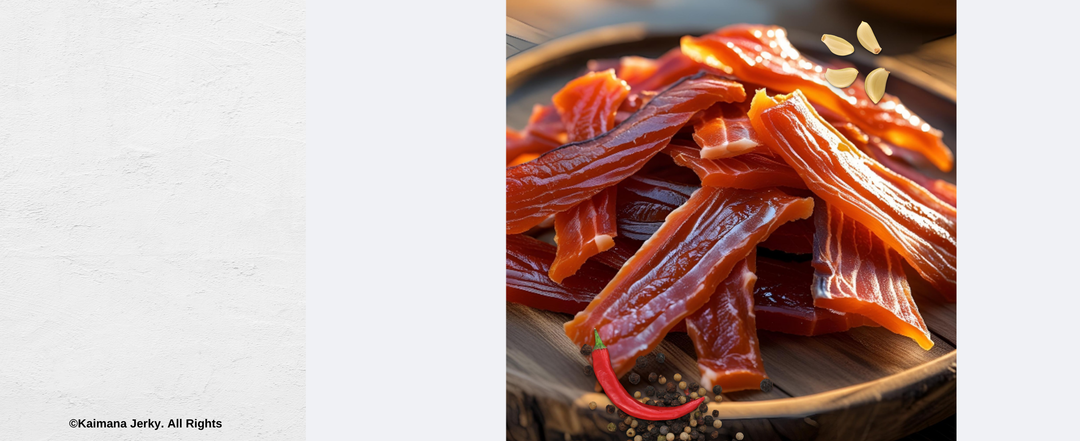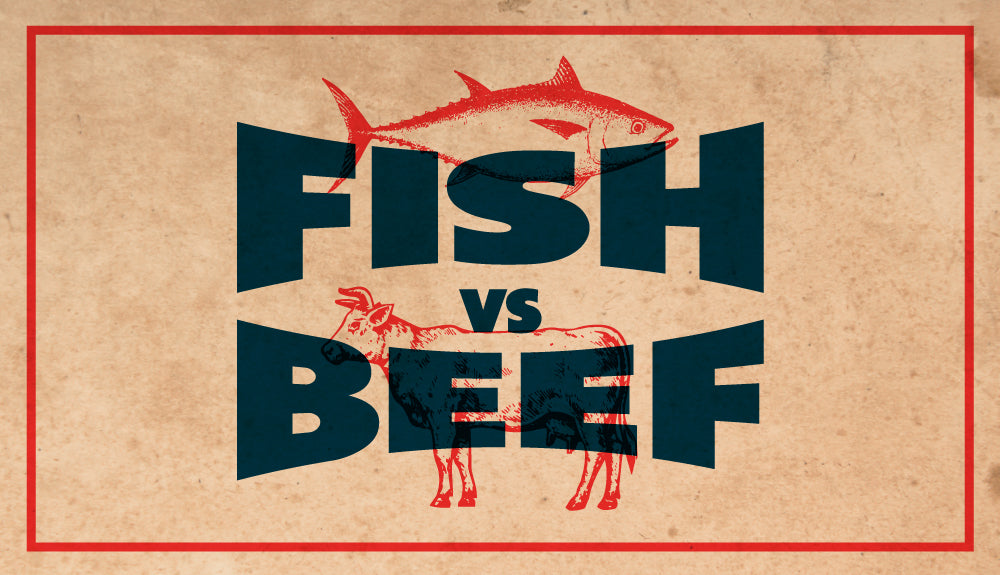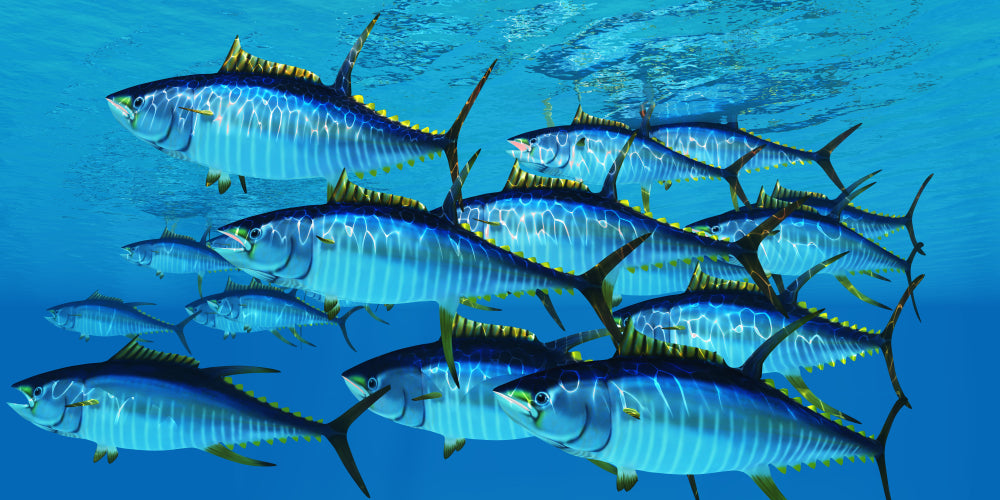FREE PEPPERED AHI TUNA JERKY ON $75+
FREE PEPPERED AHI TUNA JERKY ON $75+
FREE PEPPERED AHI TUNA JERKY ON $75+
FREE PEPPERED AHI TUNA JERKY ON $75+
FREE PEPPERED AHI TUNA JERKY ON $75+
FREE PEPPERED AHI TUNA JERKY ON $75+
FREE PEPPERED AHI TUNA JERKY ON $75+
FREE PEPPERED AHI TUNA JERKY ON $75+
FREE PEPPERED AHI TUNA JERKY ON $75+
FREE PEPPERED AHI TUNA JERKY ON $75+
FREE PEPPERED AHI TUNA JERKY ON $75+
FREE PEPPERED AHI TUNA JERKY ON $75+
FREE PEPPERED AHI TUNA JERKY ON $75+
FREE PEPPERED AHI TUNA JERKY ON $75+
FREE PEPPERED AHI TUNA JERKY ON $75+
FREE PEPPERED AHI TUNA JERKY ON $75+
FREE PEPPERED AHI TUNA JERKY ON $75+
FREE PEPPERED AHI TUNA JERKY ON $75+
FREE PEPPERED AHI TUNA JERKY ON $75+
FREE PEPPERED AHI TUNA JERKY ON $75+
FREE PEPPERED AHI TUNA JERKY ON $75+
FREE PEPPERED AHI TUNA JERKY ON $75+
FREE PEPPERED AHI TUNA JERKY ON $75+
FREE PEPPERED AHI TUNA JERKY ON $75+
FREE PEPPERED AHI TUNA JERKY ON $75+
FREE PEPPERED AHI TUNA JERKY ON $75+
FREE PEPPERED AHI TUNA JERKY ON $75+
FREE PEPPERED AHI TUNA JERKY ON $75+
FREE PEPPERED AHI TUNA JERKY ON $75+
FREE PEPPERED AHI TUNA JERKY ON $75+
FREE PEPPERED AHI TUNA JERKY ON $75+
FREE PEPPERED AHI TUNA JERKY ON $75+
FREE PEPPERED AHI TUNA JERKY ON $75+
FREE PEPPERED AHI TUNA JERKY ON $75+
FREE PEPPERED AHI TUNA JERKY ON $75+
























